Education
Primary and Secondary STEM Education
ESA Sending Heroic, Fictional Sheep Aboard Artemis I
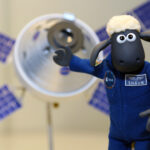
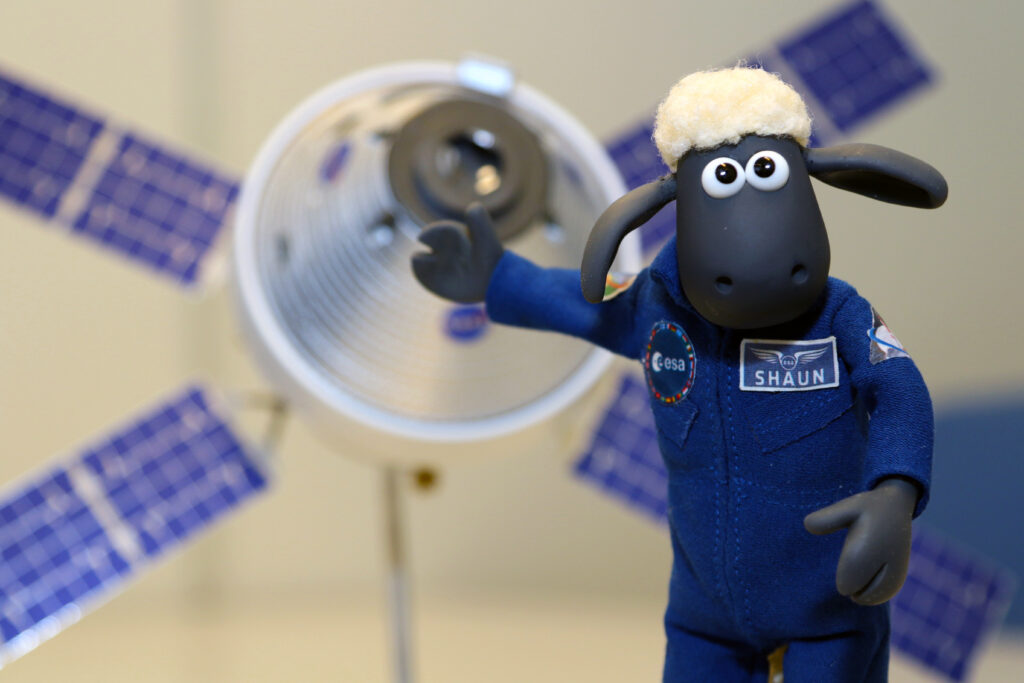
NASA says its Artemis I flight set to launch as soon as late August will be an uncrewed lunar fly-by. The Paris-based European Space Agency would beg to differ. Shaun is leaving the happy confines of Mossy Bottom Farm to lead the flight around the Moon, an agency press release announced.
JSEP Program Inspires High School Students to Find Their Place in Space
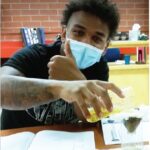
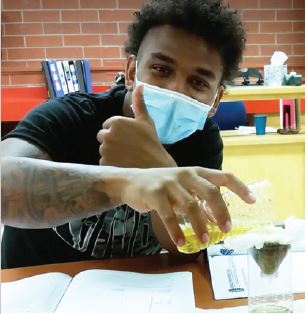
Just as the space industry is thriving and creating a bevy of new jobs, falling STEM (science, technology, engineering, and mathematics) proficiencies and dwindling STEM-career interest among U.S. students threaten to exclude today’s young people from realizing opportunities in today’s space ecosystem . . .
Workforce: Workforce and Education – TSR 2014
2013 – NAEP
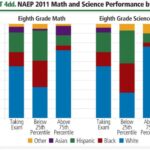
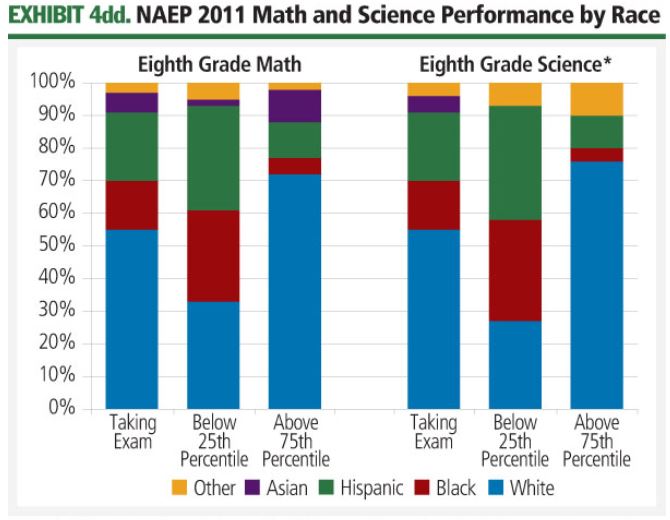
In addition to participating in TIMSS, the United States also carries out the National Assessment of Educational Progress (NAEP) to assess elementary and secondary students in the United States on subjects including mathematics and science. In October 2013, NCES released the NAEP-TIMSS Linking Study, allowing comparison of U.S. states against international standards.
2013 – TIMSS
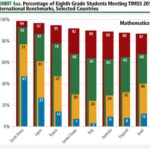
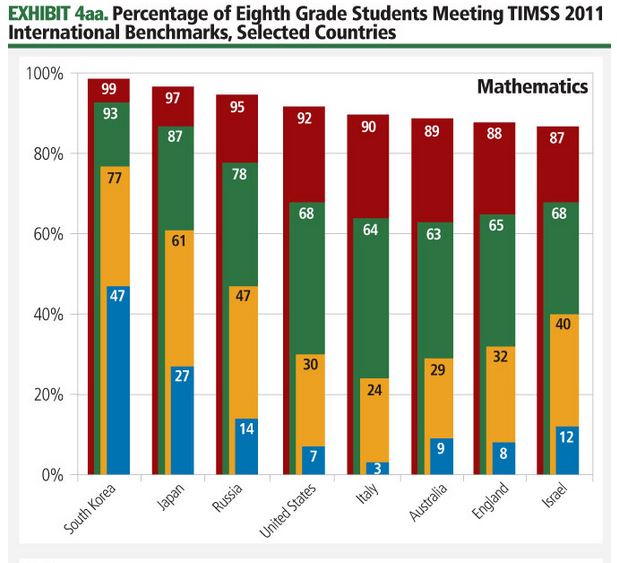
The TIMSS study also assesses mathematics and science knowledge and skills. Unlike PISA, which focuses on broader mathematical and scientific literacy of students nearing the end of compulsory education, TIMSS is designed to align broadly with the mathematics and science curricula in participating countries at the fourth and eighth grade (approximately 9- and 13-year-old) levels.
2013 – PISA
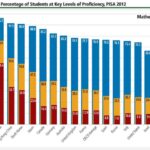
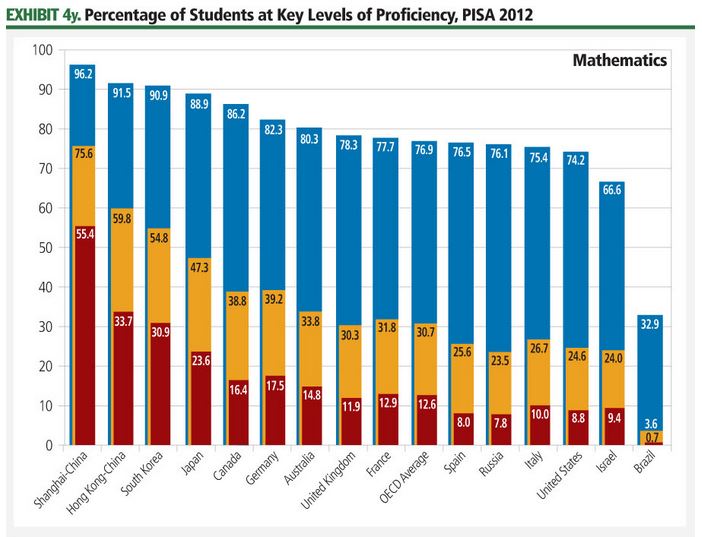
Trends in international primary and secondary STEM education can be compared across countries using two widely respected international exams. The Programme for International Student Assessment (PISA), carried out by the Organisation for Economic Co-operation and Development (OECD) every three years, focuses on the capabilities of 15-year-old students in mathematics and science literacy.
2012 – NAEP
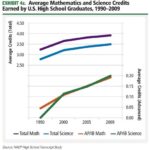
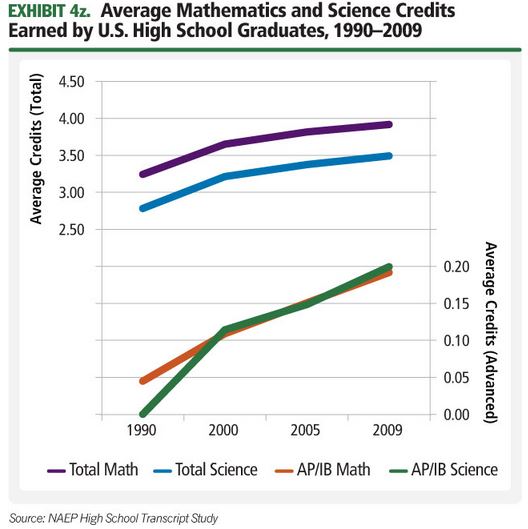
The production of highly skilled scientists and engineers has its foundation in student performance during early education at the primary and secondary levels. Long-term trends in these areas show that students’ mathematics performance in the United States has been slowly improving over the past three decades.
Program for International Student Assessment (PISA)
Just as the United States measures progress in early mathematics and science proficiency, other nations also track student progress. Many of these countries, including the United States, participate in the Programme for International Student Assessment (PISA) evaluation process.
2011 – NAEP – Snapshot
STEM achievement in primary and secondary schools is an indicator of how well the United States is ensuring that students are later prepared to pursue STEM degrees, enabling them to enter the space workforce. Every two years, the U.S. National Center for Education Statistics (NCES) National Assessment of Educational Progress (NAEP) uses standardized tests to rate the mathematics and science proficiency of fourth- and eighth-grade students.
2011 – U.S. Space-Related Education Trends – Snapshot
There is a broad consensus that high-quality STEM education is critical to producing a workforce capable of maintaining a competitive edge in numerous technological areas, including space. However, space leaders, elected officials, and government agencies in the United States have frequently expressed concerns that the supply of potential new STEM workers is not adequate to meet future demands.